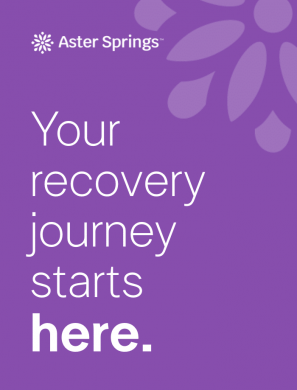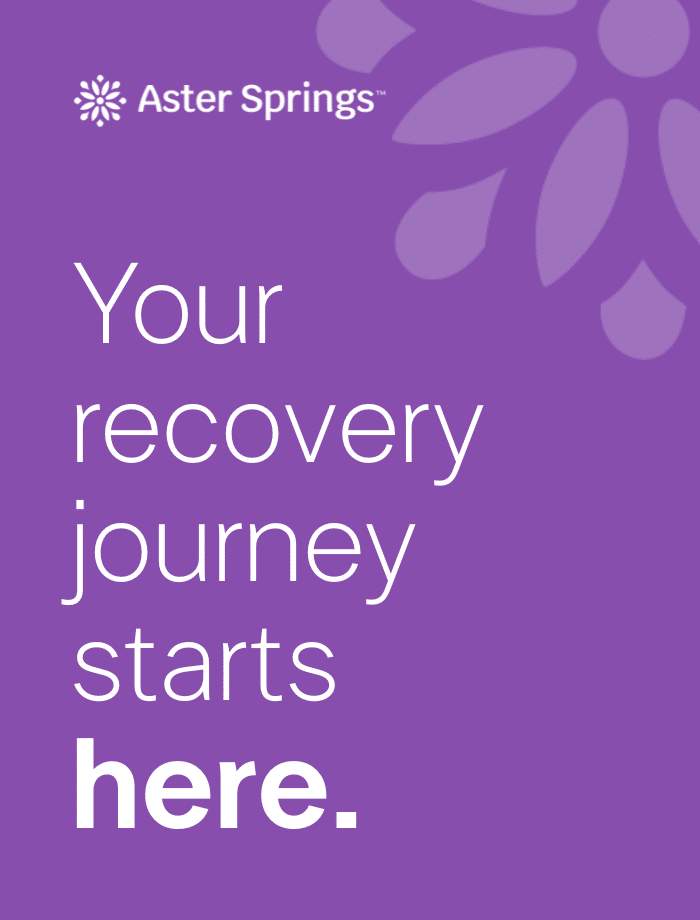For many, exercise is a healthy way to care for the body and mind. However, for individuals with eating disorders, physical activity can become driven, rigid, and excessive — crossing the line from wellness to compulsion. This behavior, known as compulsive exercise or excessive exercise disorder, is a common and often overlooked symptom of eating disorders that can lead to significant emotional and physical harm if left untreated.
What Is Compulsive Exercise?
Compulsive exercise refers to a pattern of physical activity driven by guilt, anxiety, or rigid rules, rather than enjoyment or a desire for health. It often involves an inability to rest, exercise despite illness or injury, and a deep sense of distress when unable to work out. For individuals struggling with eating disorders, exercise can become a form of punishment for eating, a method of weight control, or a way to manage intrusive thoughts and emotions.
Research suggests that up to 80% of individuals with anorexia nervosa and 55% with bulimia nervosa engage in compulsive exercise behaviors, making it one of the most prevalent symptoms across eating disorders.¹ While movement can be beneficial in recovery when used mindfully, compulsive exercise reinforces disordered thinking and delays healing.
The Link Between Exercise + Eating Disorders
Exercise and eating disorders often exist in a complex cycle of control, self-worth, and anxiety. Individuals who struggle with body image or disordered eating may initially exercise for healthy reasons, such as improving fitness or relieving stress. Still, over time, the behavior becomes tied to feelings of value and identity. Missing a workout may cause distress or self-criticism, while completing one may bring only temporary relief.
The American Psychiatric Association recognizes compulsive exercise as a common behavioral feature across anorexia nervosa, bulimia nervosa, and other specified feeding and eating disorders (OSFED).² These behaviors may include:
Exercising multiple times per day or for excessive durations
Exercising despite injury, illness, or medical risk
Feeling intense guilt or anxiety after missing a workout
Using exercise to “earn” or “burn off” food
Prioritizing exercise over social, academic, or professional responsibilities
When exercise becomes compulsive, it shifts from being a source of strength and well-being to a behavior driven by guilt, anxiety, or the need for control. What begins as a healthy habit can quickly turn harmful when it’s used to compensate for eating, manage distress, or define self-worth.
Recognizing this shift — from intentional movement to obligation — is a crucial step toward restoring balance, self-compassion, and sustainable recovery.
The Physical + Psychological Toll of Excessive Exercise
Physically, excessive exercise can lead to fatigue, overuse injuries, cardiovascular strain, and hormonal imbalances. In individuals with eating disorders, the combination of calorie restriction and overexertion can cause electrolyte disturbances, bone density loss, and amenorrhea.
A 2021 systematic review published in Eating and Weight Disorders found that compulsive exercise was associated with greater eating disorder severity, poorer treatment outcomes, and higher relapse risk.³ Psychologically, this pattern reinforces perfectionism and rigid thinking — core traits that perpetuate disordered eating.
Even when someone appears physically healthy, the underlying motivation for exercise often reveals whether it is harmful or healing. Recovery involves learning to listen to the body’s cues rather than overriding them with guilt or rules.
Why Compulsive Exercise Is Difficult to Recognize
One of the challenges in identifying excessive exercise disorder is that it can appear to be dedication or discipline. Society often praises persistence, athleticism, and “pushing through pain,” making it difficult for individuals or loved ones to recognize when behavior becomes unhealthy.
However, the difference lies in flexibility and motivation. Healthy exercise is rooted in self-care, while compulsive exercise is driven by anxiety, guilt, or fear. The need to maintain control, often intertwined with food and body image concerns, can make rest feel unsafe. Recognizing and addressing this mindset is essential for long-term recovery.
Treatment for Compulsive Exercise + Eating Disorders
Treatment focuses on addressing both the behavioral and emotional aspects of compulsive exercise. At specialized eating disorder treatment centers like Aster Springs, mental health professionals work with individuals to rebuild a balanced relationship with movement. This may include:
Therapy and nutritional counseling – To identify the emotional triggers and beliefs underlying the compulsion to exercise.
Cognitive-behavioral therapy (CBT) – To challenge distorted thoughts around control, food, and body image.
Mindful movement integration – Gentle, restorative activities (e.g., yoga, stretching, or guided walks) may be reintroduced under supervision to promote body awareness and compassion.
Medical monitoring – To ensure the body’s safety as it recovers from overexertion and possible malnutrition.
A 2022 meta-analysis published in the International Journal of Eating Disorders found that interventions combining CBT with structured movement retraining led to significant improvements in both eating disorder symptoms and compulsive exercise behaviors.⁴ This research highlights the importance of integrating physical and psychological care in treatment.
Finding Compassion in Recovery
Healing from compulsive exercise and eating disorders requires patience, courage, and self-compassion. Recovery involves unlearning rigid beliefs about worth, control, and “discipline,” and rediscovering movement as a source of nourishment rather than punishment.
Recovery doesn’t mean giving up exercise — it means redefining your relationship with it. It’s about moving because it feels good, not because you feel obligated to. Whether that means resting, embracing therapy, or exploring gentle movement, balance and freedom are possible with the proper support.
Discover Freedom + Balance at Aster Springs.
If you or someone you love struggles with compulsive exercise or an eating disorder, professional help can make recovery both possible and sustainable. At Aster Springs, we provide specialized treatment for eating disorders and co-occurring conditions, offering individualized therapy, nutritional support, and compassionate clinical care.
Take the first step toward healing. Contact us today to learn more about our evidence-based programs and begin building a healthier, more peaceful relationship with your body and mind.
References
Dalle Grave, R., Calugi, S., & Marchesini, G. (2008). Compulsive exercise to control shape or weight in eating disorders: Prevalence, associated features, and treatment. International Journal of Eating Disorders, 41(3), 273–279.
American Psychiatric Association. (2022). Diagnostic and statistical manual of mental disorders (5th ed., text rev.).
Meyer, C., Taranis, L., Goodwin, H., & Haycraft, E. (2021). The relationship between compulsive exercise and eating disorder psychopathology: A systematic review. Eating and Weight Disorders, 26(2), 465–481.
Calogero, R. M., Tylka, T. L., & Daniels, E. A. (2022). Cognitive-behavioral and movement-based interventions for compulsive exercise in eating disorders: A meta-analysis. International Journal of Eating Disorders, 55(8), 1023–1041.



